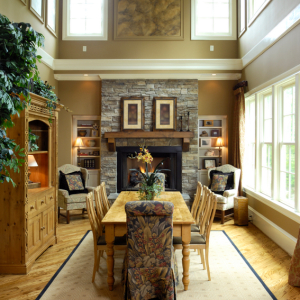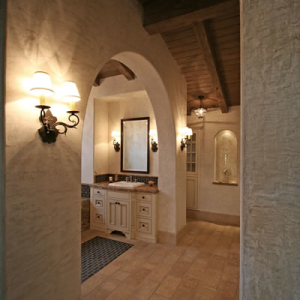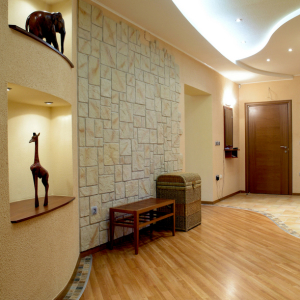Even though the exact origin of stucco is not really in Western Europe, the plastering technique can be considered a product of the region. Some form of plaster was used in Malta and Greece during ancient times, but it was not until the rise of the Roman Empire that the earliest form of what we know today as stucco was first used. Stucco was found to have been heavily used by the Roman City of Pompeii. After the fall of the Rom
During the Romanesque period, a few places in France still used stucco. Examples of structures to have utilized the technique include the crypt in Saint Jean de Maurienne in Savoie and the abbey church at Alet Les Bains in Aude. In Germany, stucco was used as a finishing touch for the Holy Sepulchre in the abbey church of Gernrode and in Switzerland, the statue of Charlemagne built around the 9th century is covered with stucco.
It is thought that stucco was “rediscovered” during the Renaissance period in Italy. During that time, it was enhanced further to become stronger and more durable. Hence, the Venetian plaster emerged. The rise of the popularity of stucco during this period was largely due to the fact that Pompeii was unearthed in the 15th century when Renaissance was in full glory.
In Ireland, stucco was introduced with the proliferation of the Palladian architecture in the 18th century. Edward Lovett Pearce who started the said architecture in the country was educated in Italy so his styles and designs are heavily influenced by the Italians. Palladian architecture is even Italian in origin. Examples of Palladian architecture in Ireland include the Russborough House and the Leinster House. Although common in Europe, Palladianism in Ireland is much different because of its rococo interiors which heavily relied on stucco.



